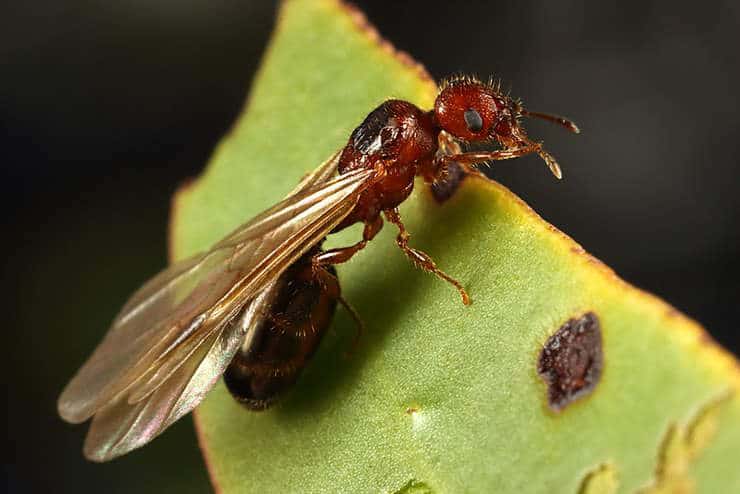Queens are peculiar, especially insect queens like bees and ants. They reproduce early in life and then lay eggs for the remainder of their lives without mating again. Most even stay within their nests. How is this possible?

The secret lies in a specialized organ called the spermatheca. It is a sac-like structure (its name means “sperm case” in Greek) that can hold and preserve sperm for later use. The spermatheca is found in most insects, mollusks, worms, and even frogs.
After mating, a queen hymenopteran (a term for bees, bumblebees, ants, wasps, and other insects with four membranous wings) can then reside inside the nest and use the stored sperm as needed.
Store sperm and use as needed
That’s right, a queen bee or ant can store sperm and then use it as required. And it isn’t always necessary when laying eggs.
Most insect queens can choose to lay either fertilized or unfertilized eggs. This choice significantly impacts the sex of the new insects that will emerge from those eggs.
Early in the season, the queen lays fertilized eggs, which develop into female bees. These are also known as worker bees or ants, and they have two sets of genes. Like most animals, one set of genes comes from their mother and the other from their father.
Later in the season, when workers have gathered enough food, the queen starts to lay some unfertilized eggs. These unfertilized eggs develop into males. They have only one set of genes, which comes from their mother. Male bees, bumblebees, and ants do not have fathers.
A bee with two chromosomes will most likely have two versions of these genes, but not always. In rare cases, these two versions can still be identical. In that case, a bee with two sets of genes will still be male. It will develop from a fertilized egg and have a father, but it will still be male. This is rare in nature but quite common in artificial bee colonies with close breeding by breeders.
In addition to laying unfertilized eggs, the queen continues to lay fertilized eggs. Thus, the queen can regulate how many eggs are fertilized and how many are not. It may not be a conscious decision, but it demonstrates that the queen indeed uses the sperm stored in the spermatheca as needed.
Some fertilized eggs will become workers, while others will become new queens, depending on the nutrition they receive. This aspect is the worker’s responsibility, though the queen still has some influence.
The fate of the new queens depends on the species:
- In bees, the old queen leaves the nest in a swarm before new queens emerge. The firstborn new queen then becomes the reigning queen, likely killing all other queen larvae.
- In bumblebees, new queens leave the nest, mate, overwinter, and form a new colony in the spring.
- In most ants, new queens leave and then embark on their nuptial flight, a journey to find a mate and reproduce. After that, they also overwinter and start a new colony in the spring, provided they survive that long.
- In some ants, new queens may return to their original nest and become one of many queens. There can even be hundreds of queens in some red fire ant nests. Although all are genetically related, they store sperm from different fathers in their spermatheca.
- Termites (though not hymenopterans) also have a similar system in place. However, they often form monogamous pairs of king and queen and mate for life.
The fact is that most queens of social insects don’t mate again after the initial mating or a series of matings. They then go on to form a colony and use the sperm stored in their spermatheca for the rest of their lives. Keep in mind that their lives can sometimes last for even a few decades.